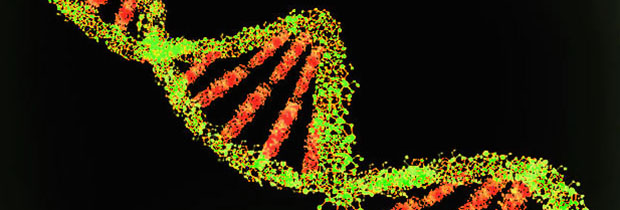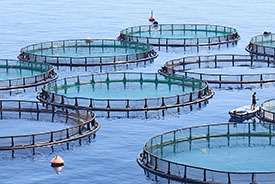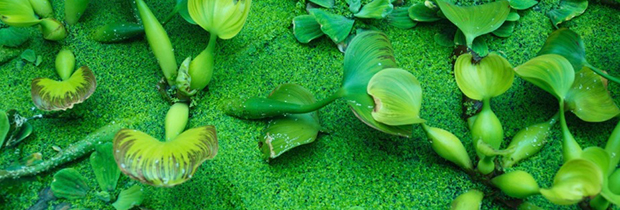In May 2018, the EU proposed a single-use plastics ban intended to protect the environment, save consumers money, and reduce greenhouse gas emissions. As part of the new laws, the EU aims for all plastic bottles to be recycled by 2025, and non-recyclable single-use items such as straws, cutlery, and cotton buds to be banned.
An ambitious step – and arguably necessary – but there is no denying that plastics are extremely useful, versatile and important materials, playing a role in countless applications.
The challenge to science, industry and society is to keep developing, producing and using materials with the essential properties offered by the ubiquitous oil-based plastics of today – but improving the feedstocks and end-of-life solutions, and ensuring that consumers use and dispose of products responsibly.
A number of innovative solutions have been proposed to help plastics move towards a more sustainable future.
A sweet solution

‘Chemists have 100 years’ experience with using petrochemicals as a raw material, so we need to start again using renewable feedstocks like sugars as a base for synthetic but sustainable materials,’ said Dr Antoine Buchard, a Whorrod Research Fellow at the University of Bath, UK.
Dr Buchard leads a group at the Centre for Sustainable Technologies at the University of Bath that are searching for a sustainable solution for single-use plastics. Using nature as their inspiration, the team have developed a plastic derived from thymidine – the sugar found in DNA – and CO2.
First author and PhD student, Georgina Gregory, said: ‘Thymidine is one of the units that makes up DNA. Because it’s already present in the body, it means this plastic will be biocompatible and can be used safely for tissue engineering applications.’
The researchers say that the bioplastic has many of the same properties as plastics derived from petrochemicals – it’s strong, transparent, and scratch-resistant. However, it can also be degraded by an enzyme found in soil bacteria.
What really happens to the plastic you throw away? Video: TED-Ed
With a natural abundance of both thymidine and CO2, this particular bioplastic has the potential to meet a growing need.
‘With an ever-growing population, there is an increasing demand for plastics,’ said Dr Buchard. ‘This new plastic is a renewable alternative to fossil-fuel based polymers, potentially inexpensive, and, because it is biodegradable, will not contribute to growing ocean and landfill waste.’
‘It’s early days, but the future looks promising,’ he said.
Trash to treasure
One company – Algix, based in Mississippi, US – is tackling two environmental problems at once by using algae to create a sustainable plastic that can be used to make bottles, other packaging materials, electronics, and automotive goods.
In a balanced ecosystem, algae are not damaging. However, explosions of an organism called ‘algae blooms’ can starve its marine environment of oxygen, which can be lethal to fish and other organisms. These blooms are becoming more frequent and severe due to overfishing and climate change, which has raised the average temperature of large bodies of water to within the ideal range for algae to grow.
In the different stages of its growth, the composition of algae biomass varies. For example, in nutrient-rich conditions in waste treatment plants, algae has a high protein content that can be manipulated to stretch and entangle a thermoplastic base resin – provided by subsidiary business Solaplast. Algix products contain up to 70% algae biomass.

The company sustainably sources algae from a variety of sources, including companies specialising in waste water treatment and aquaculture, as well as from natural blooms. End-of-life Algix products can then be turned into plant food or mulch.
‘We estimate that utilising algae from catfish ponds can produce billions of pounds of plastic,’ said John Dekker, Director of Business Development at Algix. ‘Today, waste streams are becoming another man’s treasure. Right now, it’s a matter of getting production going in an efficient manner.’
However, Algix is still facing issues, including the smell of its products. ‘The algae smells like fish food,’ said co-founder and CTO, Ryan Hunt, adding that Algix is incorporating moisture scavenging technology to help overcome this issue.
‘Anything like what we’ve got takes longer to develop, but we’re committed to its potential,’ said Dekker. ‘It’s going to happen because it can be done. Of that, we’re convinced.’
By Georgina Hines

